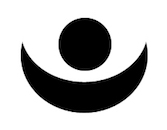This summer, why not try something completely different and immerse yourself in nature for yoga sessions with baby goats. There are several dates available for the sessions. Please make sure that you read all of the below information before booking a session. Booking a session is confirmation that you have read the information below and accept the contents herein.
Session Dates:
Monday 19th June at 6 pm
Sunday 25th June at 11 am
Monday 26th June at 6 pm
Sunday 2nd July at 11 am
Location
The session will take place at Moreton House Farm which is very close to Bishton Hall. The full address and directions will be provided upon booking the sessions.
What is Yoga with Goats?
Yoga with goats is just that – your regular yoga session with the added benefits of being in the outdoors in the presence of young goats. The goats will wander around attendees during the session, interact with and play with you. Being near to and engaging with goats brings the body and mind into a state of relaxation. The parasympathetic nervous system is activated as feelings of happiness, joy, freedom and connection arise. Yoga with goats has been shown to lift the spirit, reduce feelings of low mood, depression and anxiety and provide a lasting mood boost. Yoga with goats is a great way to feel connected to nature and at peace in the world.
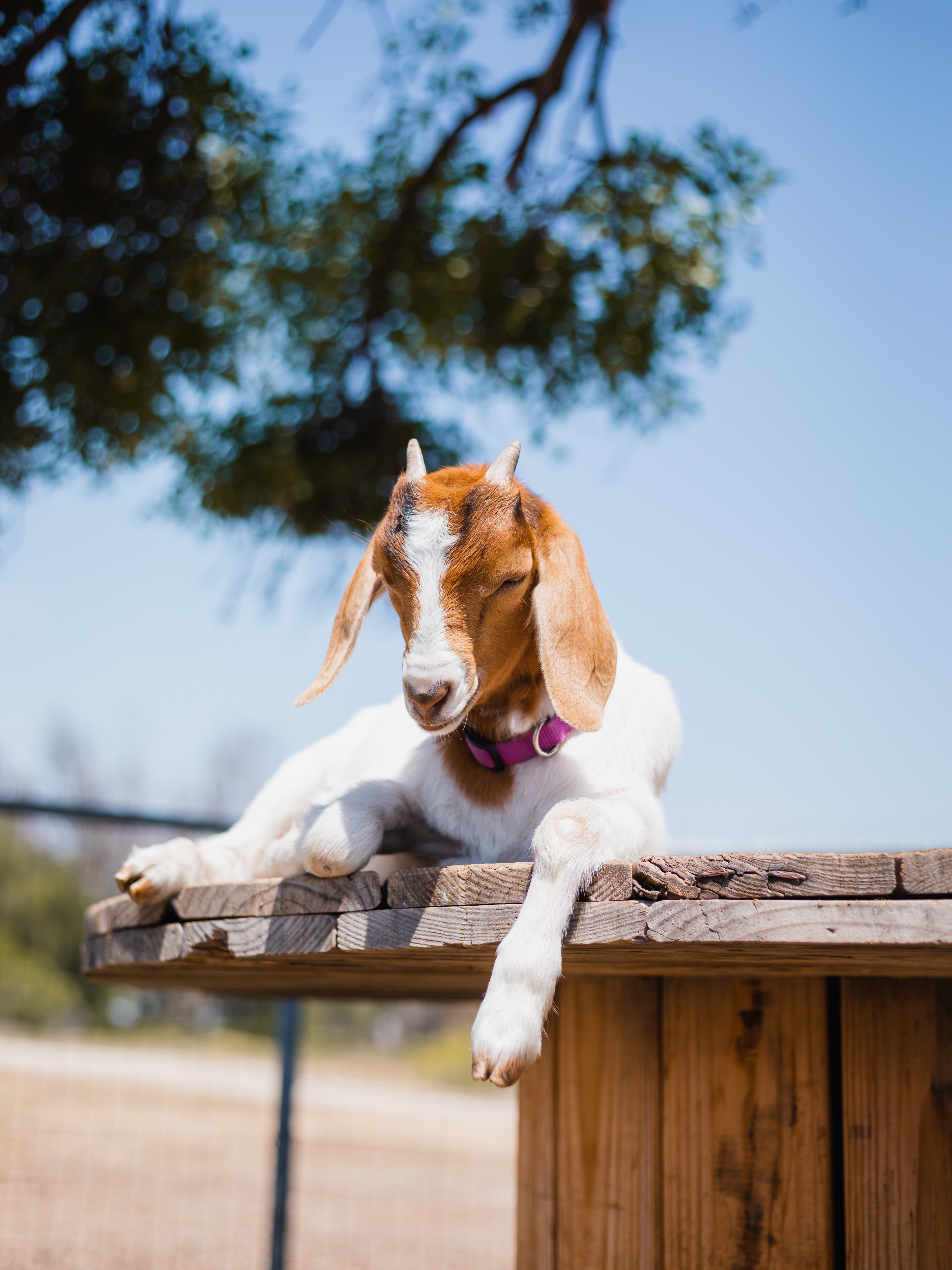
What to expect
This session is an informal, gentle yoga practice set in an outdoor space. We will practice within an enclosed, grass field if the weather is dry or inside a covered barn if it rains – the session is not weather dependent, so please do still come along if you have booked a session and it looks like rain.
We will flow through a gentle seated warm up as the young goats get used to our presence (and we get used to being amongst the goats) and then we will move through a series of postures that will allow us to interact with the goats and get the most out of their playful nature. The goats do like to climb and jump up, so don’t be surprised if you find a goat on your back during tabletop pose or a goat offering you a helpful assist in downward dog.
As we will be practicing in a field or in a barn, you should expect the presence of grass, dirt and goat droppings (along with everything else expected of a working farm), so you may need to clean your yoga mat thoroughly after the session. There will be couch roll available to place under your mat if you’d like to.
The goats are young, active and often vocal. They will undoubtedly be having fun at the session along with you, so you should be prepared for quite boisterous activity and please be aware that the goats have hooves and horns. The goats will be supervised throughout the session.
What to bring with you (and what not to bring)
All you need to bring with you is your yoga mat. Please do try to keep all other belongings to a minimum – leave handbags, extra layers, bottles etc in the car as goats will help themselves to your precious items without asking! If the weather is hot, you may wish to bring water with you in a sturdy container. You may also wish to use sun screen and insect repellant (animal friendly).
When choosing what to wear, please avoid anything with hanging tassels or straps that could be nibbled and just wear something that you feel comfortable moving in. You may not wish to wear your favourite yoga clothes as again we will be in a field and the goats don’t tend to wipe their feet. Be aware that dangling jewellery and watch straps can be tempting to goats. Any jewellery should be minimal and watches should be securely fastened.
If you wish to take photos/videos of the session, you may wish to set phones up outside the perimeter of the field as the goats may trample or nibble on devices (please read carefully the disclaimer of liability below). If you can keep your phone in your pocket and take it out for a few snaps when possible, that may keep it safer from little hooves.
You should not need a blanket as we will be in a field and the ground is soft. If it looks like rain, you may want something to kneel on in the barn – as above, avoid bringing blankets with tassels or blankets that you are particularly attached to.
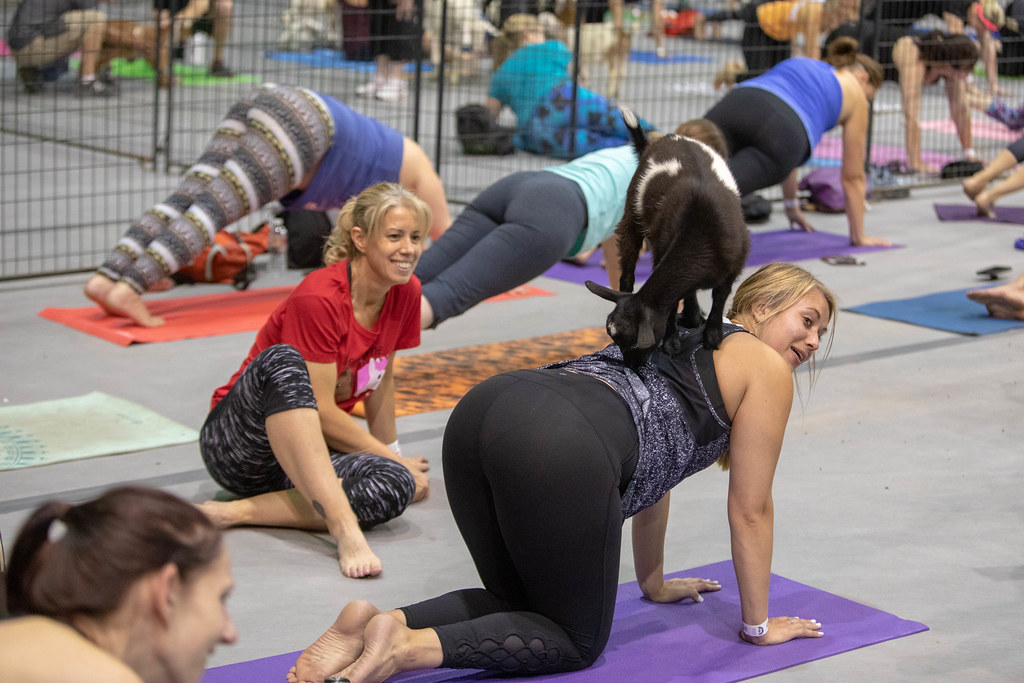
Health & Safety
The sessions will take place on a working farm, so it is important that you drive carefully, observe any notices and keep to paths and roadways until in the field for the session. A parking area will be designated for our use at the back of the farm buildings – please park where directed to ensure your vehicle is out of the way of other farm traffic.
Unfortunately, Yoga is not a spectator sport, so please don’t bring others to the session who are not taking part. The farm will be working at the time of the sessions so we can’t have people outside of the field who are unaccounted for.
The sessions are only suitable for people aged 16 years and over.
Please ensure that you have used hand sanitiser prior to and after the session and wash hands thoroughly as soon as possible after the session.
Disclaimer
The UK Well Nest Limited and Moreton House Farm accept no liability for loss of or damage to any property or vehicles occurring before, during or after the session while on Moreton House Farm property. Attendees should ensure that they have the proper level of mobility, fitness and health to take part in the sessions and remain responsible for all of their own possessions and vehicles brought onto Moreton House Farm property.
Natural Balance Wellness Retreat – Sattva
Sunday 24th July 2022, 10 am – 4 pm
With modern life becoming ever faster and more demanding, the rise of a movement to live well and in natural harmony with the environment (Sattva) is becoming more appealing. The concept of Sattva is central to this desire to live simply, live purely and live happily. Sattva is the wish to have an awakened life, peaceful mind, vital body and pure spirit.
If you have a wish to ‘feel’ life a little more; to slow down and find your true purpose, then it’s time for you to rediscover your natural balance. This day retreat is designed to bring body, mind and spirit back into natural balance through carefully designed movement, creativity, food and deep relaxation. Retreats at The Well Nest are led by our resident expert and Director, Hannah. With 20 years experience in yogic study and practice, you couldn’t be in better hands.
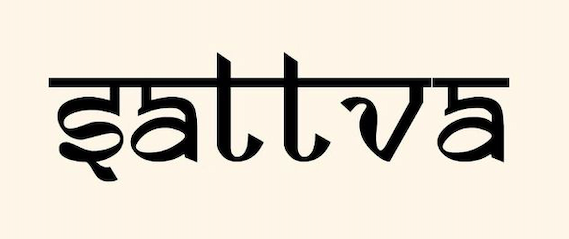
Programme for the day:
9.45 am – Arrival and welcome
10 am – Kundalini yoga kriya (breath, mantra, movement and rhythm) to balance body, mind and spirit. The focus of this session will be creating hormonal balance for overall wellbeing
11 am – Creative aromatherapy workshop. Create natural, organic self-care products to be kinder to the body and to the planet. We will create a collection of products from bath salts, body scrubs, sugar scrubs and deodorants.
1.30 pm – Lunch and gin tasting at Mercia Spirits Lab. Delicious, healthy platters with bespoke gin creations and herbal additions.
3 pm – Yoga nidra (yogic sleep) and sound bath to leave you deeply relaxed and balanced to end the day.
What to expect:
Kundalini Yoga
Kundalini yoga is an ancient tantric practice of manipulating energy to find balance, vigour, vitality and to allow the body, mind and spirit to thrive. This isn’t yoga as you know it; this is a deeply beneficial holistic practice. The kriya (yoga set) that we will practice on this retreat is designed to balance hormones, bodily systems and mental wellness to bring the body back into a place of balance, strength and alignment. We will use rhythm, posture, breathwork and mantra to control the flow of energy and awaken healthy functioning of our physical and energetic body. If we are fortunate enough to have good weather, this part of the retreat may take place outdoors in the beautiful secluded grounds of Bishton Hall.
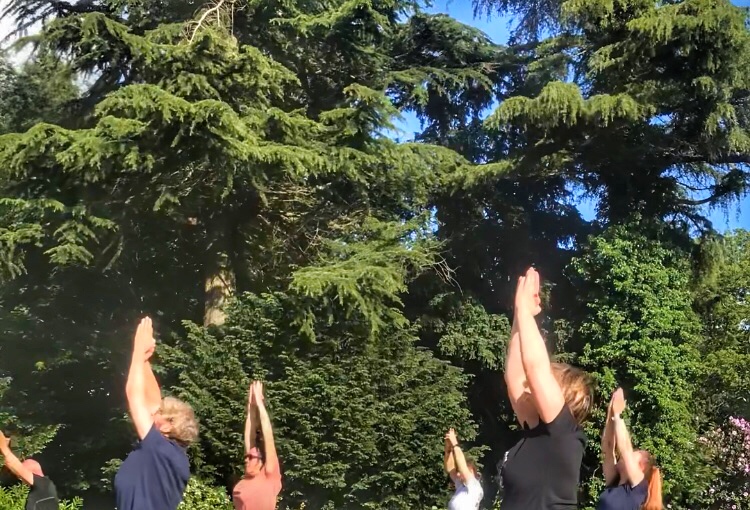
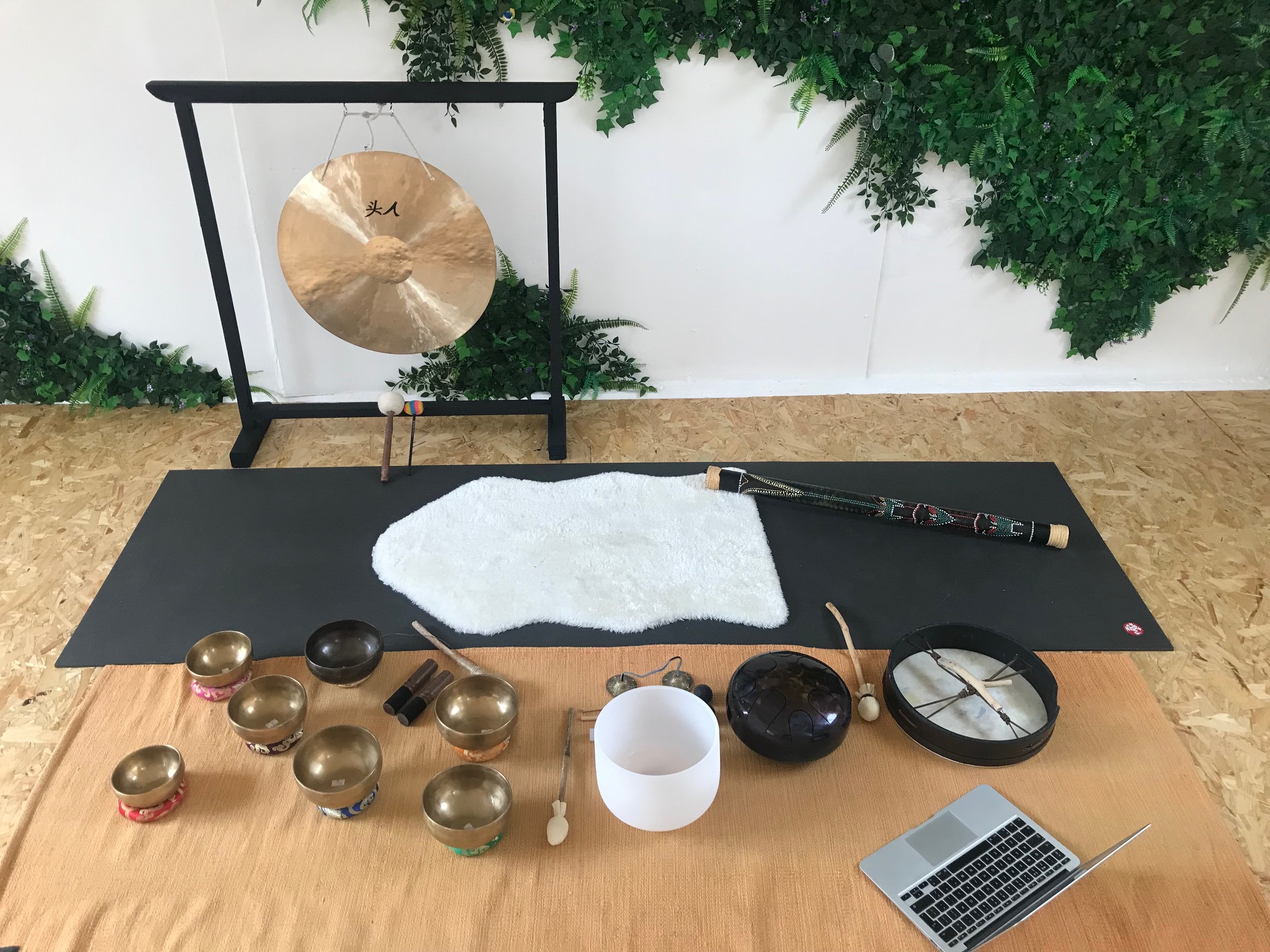
Creative Aromatherapy
The retreat will then move into creative design and blending of self-care products that will continue the natural balance element of this retreat. Discover essential oils that can be used to address your specific health concerns so that your body can be cleansed, strengthened and rebalanced. We will create natural, organic deodorant, body scrub, bath salts and sugar scrubs – a complete self care ritual that will lift the mind, body and spirit.
Lunch and Gin Tasting
You will then visit Mercia Spirits Lab for a wonderfully warm welcome and carefully designed lunch to complement the sattvic life. As you enjoy the wonderful platters available at the Spirit Lab, you will also be treated to a gin tasting – a special blend of Mercia Gin with herbal additions. (Vegan and gluten free diets can be catered for upon request).
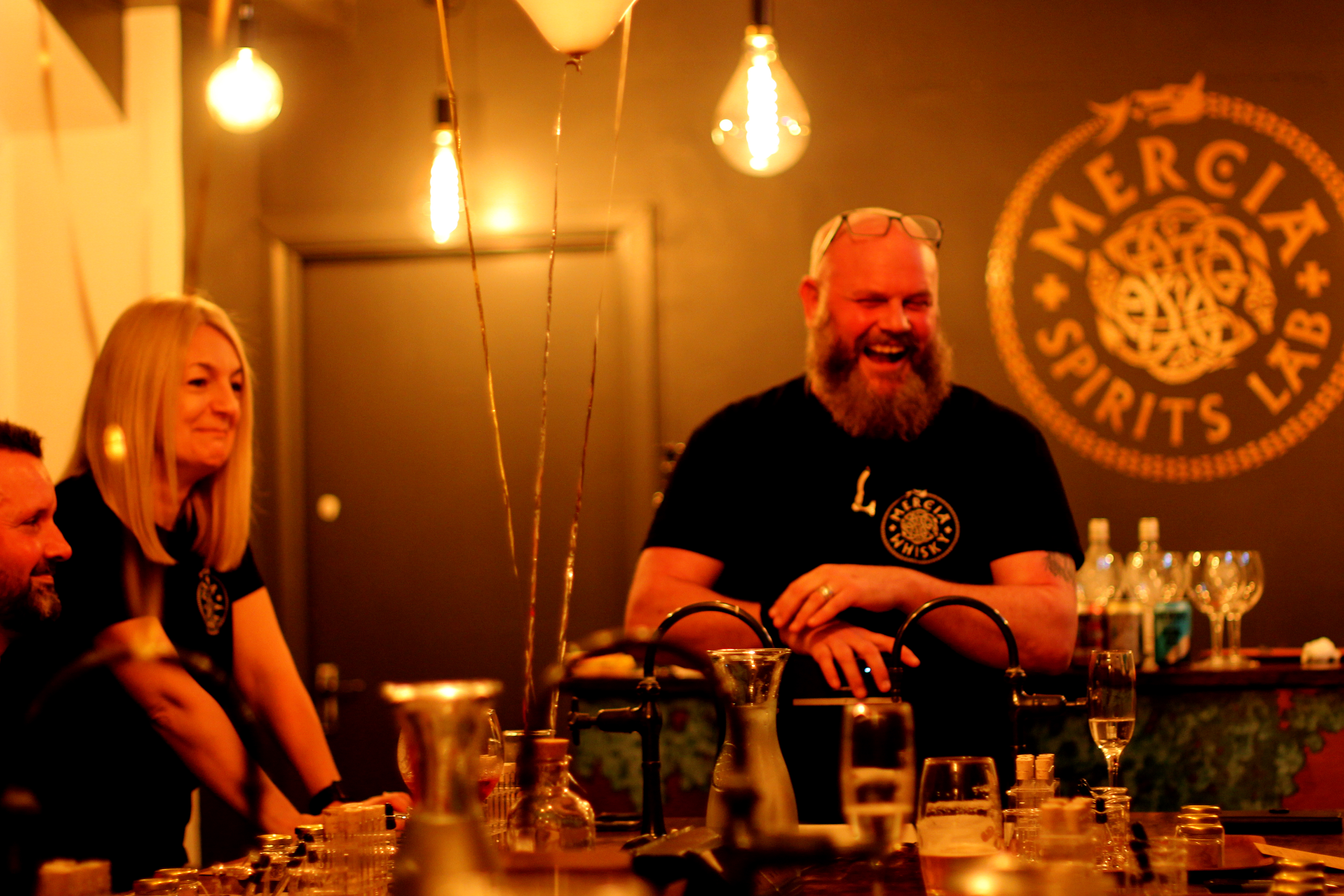
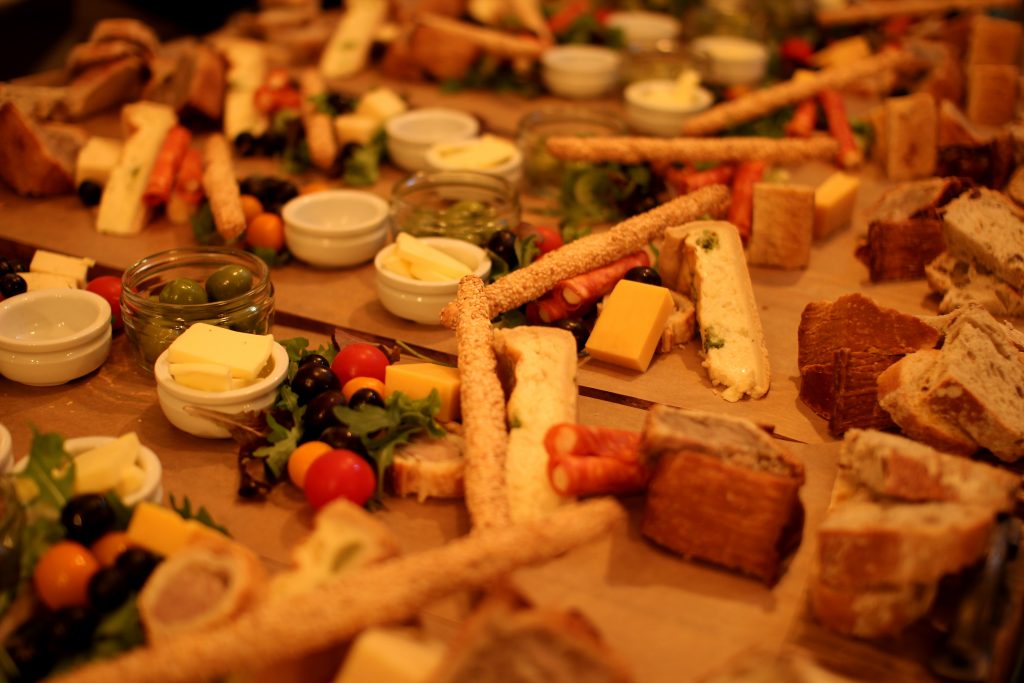
Yoga Nidra and Sound Bath
The retreat will then be rounded off with a wonderful yoga nidra practice – a guided visualisation to induce deep yogic ‘sleep’ where the mind is calmed into deeper brainwave states. The nidra will flow into a sound bath where you will absorb the wonderful sounds of instruments chosen to bring balance to mind and body. Relax deeply as the gong, Tibetan bowls, crystal bowls, chimes, wind and percussion instruments are played in this wonderful, soothing end to the retreat.
Participants will take away a bag of treats as well as the self-care products created on this retreat.
We can’t wait to meet you and help you to reclaim your natural balance.
NOTE: if the booking calendar fails to load, please book via this link
Book your space here for Sunday 24th July 2022:
It’s The Well Nest’s 5th Birthday!
We are celebrating our 5th birthday this month – come and join us for special offers, prizes and wonderful new workshops and experiences at The Vegan & Sustainable Living Festival 22nd – 24th April at Bishton Hall.
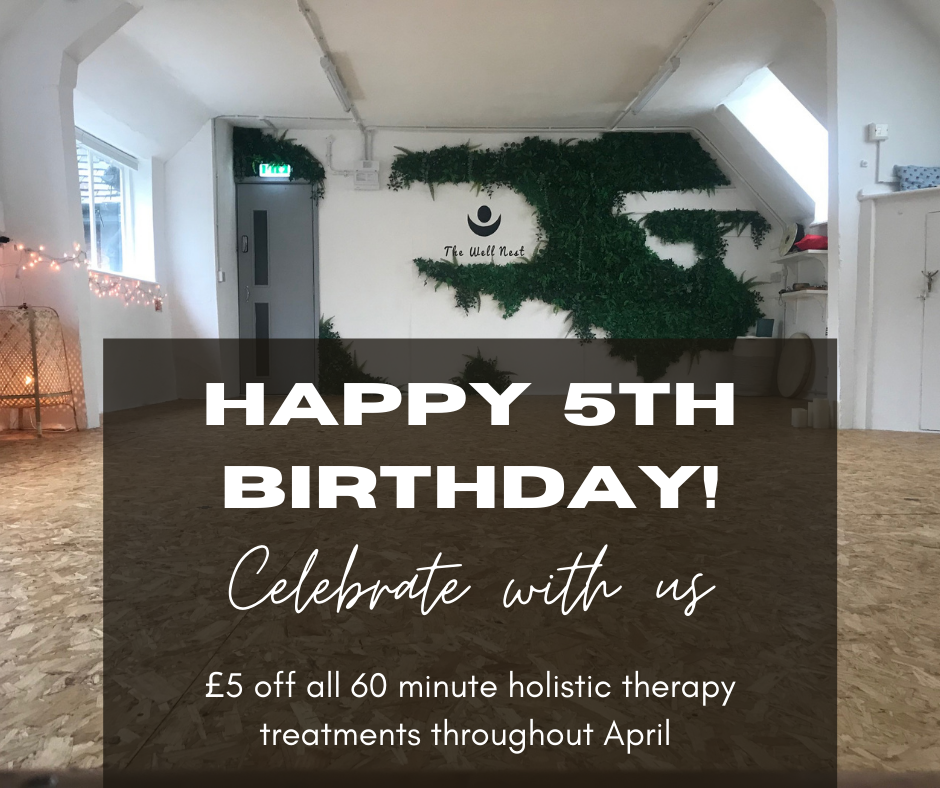
Thank You
I’d like to start by saying a huge, huge thank you to everybody that has joined me for a yoga class, workshop, meditation, therapy or treatment over the last 5 years. I’m truly grateful to each and every one of you that have joined me on this journey. You have all helped The Well Nest to survive through the toughest of years. A lot of you have become great friends over the years – some have been with me from the start! – and I have absolutely loved seeing you blossom on your wellbeing journeys. It’s a great privilege and a joy to work with people and share the gifts of holistic therapy, meditation and yoga…there is so much more on the way from The Well Nest!
What’s on This Month?
To celebrate our 5th birthday, there are number of special offers, workshops and experiences to try.
£5 off all 60 minute holistic therapy treatments – throughout the month of April, every holistic therapy (60 minutes or more) has £5 off. Get yourself booked in as soon as possible as spaces are already filling up.
Prize giveaway – enter our prize giveaway at The Vegan & Sustainable Living Festival. Your opportunity to win therapies, treatments and wellbeing products.
Workshops and experiences – This month there will be new workshops with sustainable themes such as making your own natural deodorant and body scrubs. There will be sound baths, mini holistic therapies such as Indian head massage and hand massage. Join me in the fabulous Nordic Tipi at the Vegan & Sustainable Living Festival.
Coming Soon…
More exciting things will be coming soon to The Well Nest…regular PILATES classes with our new teacher Sue: perfect for beginners and those wishing to begin a movement practice. Pilates is fantastic for building stability and core strength as well as assisting with hip and back strength and mobility. You might just find a new lease of life! If you’re interested in Pilates classes, use the button below to sign up to the waiting list and be the first to grab a space when classes go live:
MEDITATION classes with Hannah will soon be starting on a weekly basis at The Well Nest. This will be your weekly opportunity to take time out for yourself, practice meditation in a quiet and friendly atmosphere and seek advice on your practice. We will try meditations from lots of different traditions (not just mindfulness) so you can become a skilled meditator; able to find peace of mind even under the most difficult challenges of modern life.
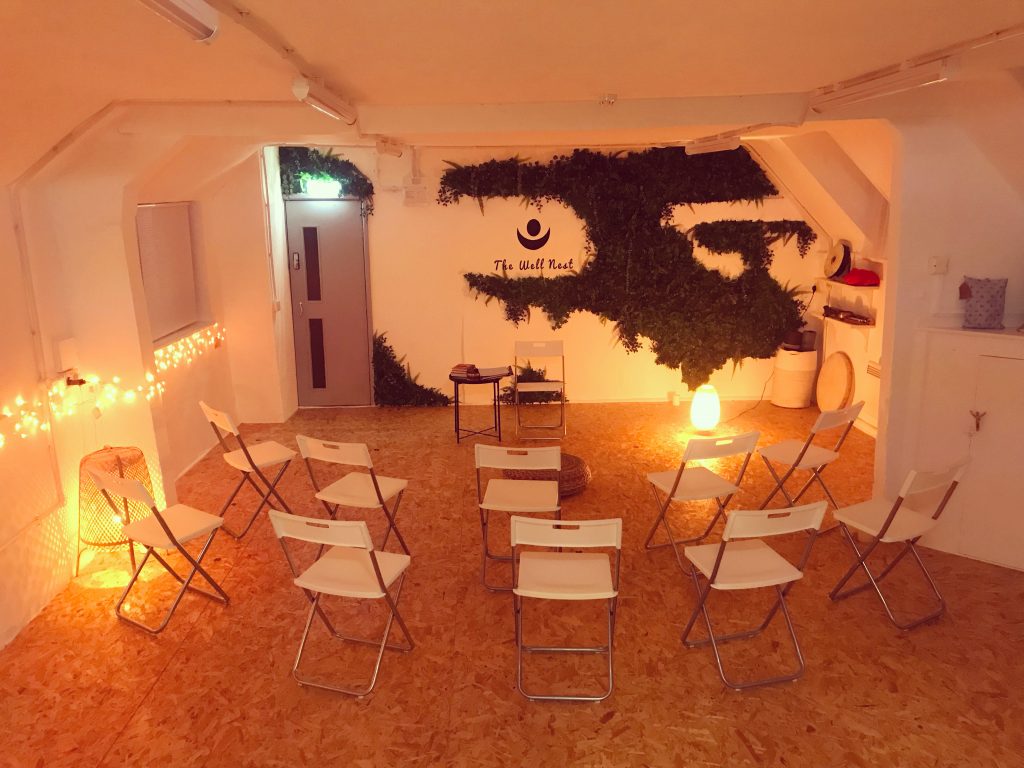
See you soon!
Letting Go and Manifesting the New
Halloween isn’t just about costumes and sweets. Samhain, as the festival is traditionally known, is a wonderful time for acknowledging the past and letting go before calling in your hopes and dreams for the future.
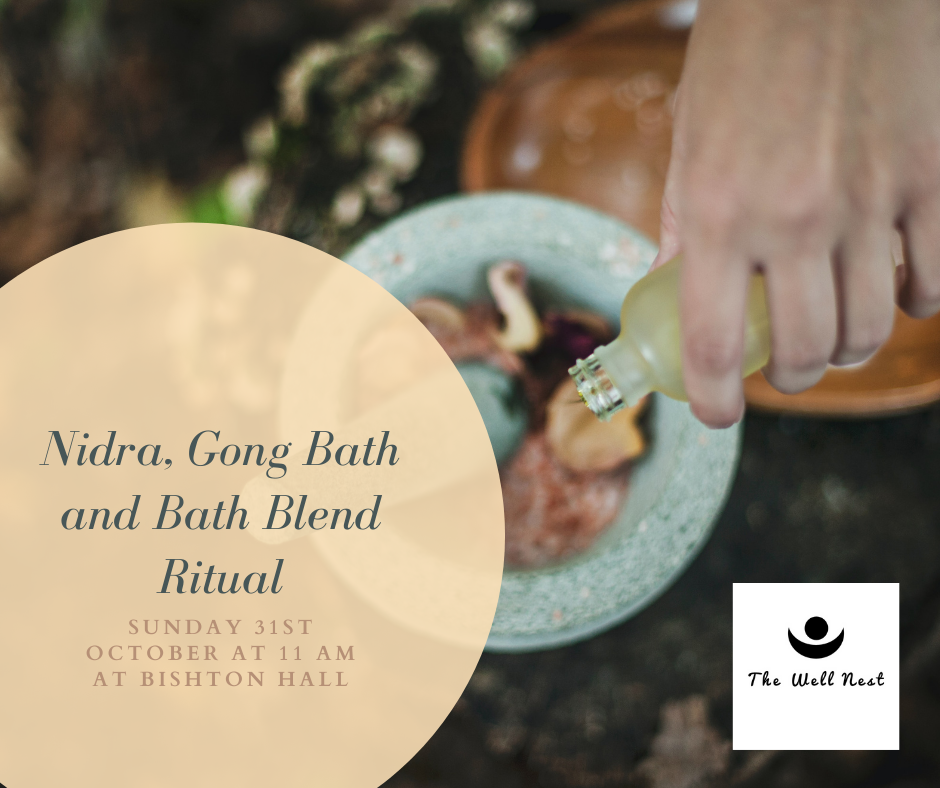
October’s unique workshop will bring together the best of the season and the energetic changes to give you a boost into the Autumn with a fresh outlook and high spirits. The workshops uses aromatherapy, sound waves and yogic sleep to help you relax deeply before calling your hopes into being.
Your body, mind and spirit all benefit from this practice of aroma, relaxation, meditation and sound therapy. It’s a complete package for renewal! This year, Samhain falls between the date at which Venus is closest to the earth (29th October) and a new moon (4th November) making it the perfect time to cleanse, release and turn our energy towards the new.
This workshop will be an opportunity to use ritual and relaxation to make the most of the spiritual and celestial energies available to make a new start. We will begin our workshop session by crafting a personal blend of bath salts, essential oils and natural ingredients to take away and use over the next 30 days to repeat our intentions for the future whilst practicing self-care. You will be encouraged to set intentions and affirmations for the future as you build your self care bath ritual blend.
We will then begin a yoga nidra session – deep relaxation bringing us to the cusp of sleep so that our consciousness becomes susceptible to creativity, intuition and release on a deeper level. This is a passive practice, so no physical postures are practiced – it is a guided visualisation and relaxation practice. Get comfortable under blankets and drift away.
We will then transition into a gong bath to let the sound waves wash over us, cleansing the mind and body and allowing us to start anew.
The focus of this workshop will be based around the energies available to us from the cosmos at this point in time:
Samhain/Halloween – a time of transition from the old to the new. A slowing down of one cycle and the beginning of another. Coming into a deep rest before calling our dreams and wishes into reality.
Venus – A focus on the heart chakra and self compassion. Looking deeply at our own happiness and how we gather and expend our personal resources. We will be able to utilise the divine feminine/shakti energy of the provider, nurturer and fierce protector to help manifest our goals
New moon – Heart chakra energy from the new moon helps us to align for a new beginning and cleanses us of whatever has just past or is no longer beneficial. This energy is a powerful force for helping us to let go.
Everybody will be able to create their own blends using salts, oils, plants, natural ingredients and the fruits of nature. You will take away the bath blend in a kilner jar to use at home several times as part of your own bathing, cleansing and intention setting ritual. You will also receive a free gift to take away.
Spaces are limited on this small, cozy workshop. All materials are provided…get yourself booked in!
Yoga Focus – What is Ashtanga Yoga?
If you’ve ever taken a vinyasa class with me, you will be familiar with a lot of the poses from the ashtanga lineage. Vinyasa yoga is essentially a free flowing version of ashtanga – anything goes. Ashtanga is itself quite the opposite; a set number of postures, in a set order…every time.
You may think this sounds a little restrictive and (gasp!) boring, but that is not the case with Ashtanga. There are so many poses and vinyasas (breath with movement) in and out of the poses, that boredom is the last thing on your mind. Lets take a closer look…
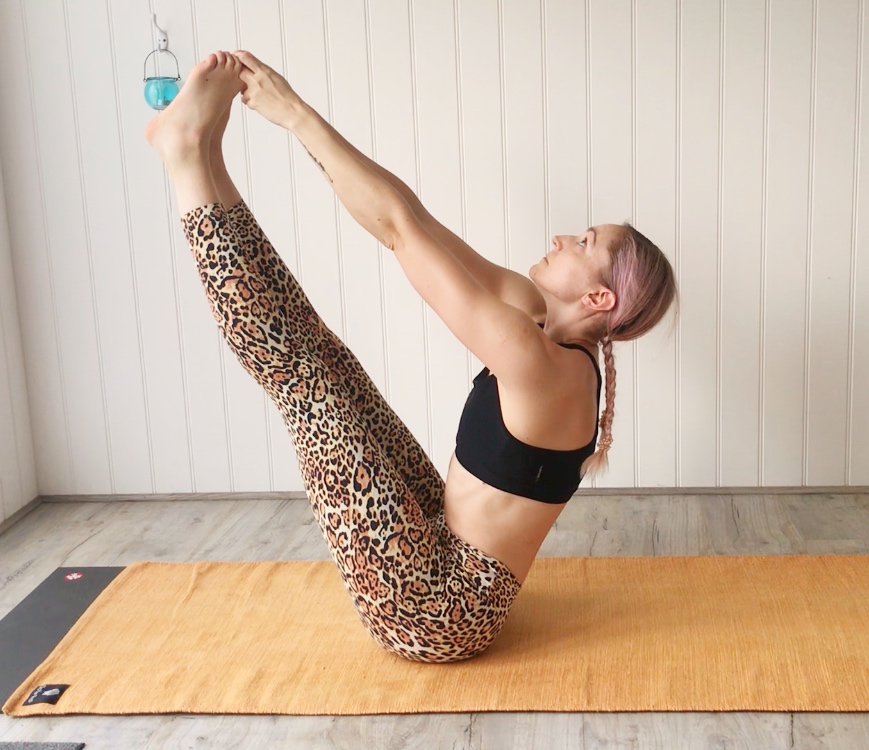
Historically speaking…
Ashtanga is a dynamic form of Hatha yoga that has its roots in the town of Mysore, south India. The ashtanga method is an ancient system of yoga that was taught by Vamana Rishi in the Yoga Kurunta. It is believed that the text was imparted to Sri T. Krishnamacharya in the early 1900’s by Guru Rama Mohan Brahmachari.
Ashtanga means ‘eight limbs’ as described by Patanjali (an Indian sage) in the Yoga Sutras (the Sutras are believed to have been written between the 2nd and 4th century CE). This text is the authority on the practice and true nature of yoga – the eight limbs must be practiced in order to realise our true potential, our true nature and transcend human suffering. Ashtanga embodies these eight limbs:
- Yamas (behavioural observances – things that we should do)
- Niyamas (behavioural restraints – things that we should not do)
- Asana (physical yoga postures)
- Pranayama (yogic breathwork to control the flow of our life force energy)
- Pratyahara (withdrawal of the senses)
- Dharana (concentration)
- Dhyana (meditation)
- Samadhi (liberation)
The practice that we know today as Ashtanga yoga was first developed, practiced and taught by the yogi Krishnamachrya in Mysore, India. A student of Krishnamacharya, Pattabhi Jois continued the work of sharing the ashtanga method throughout the world. Today the method is continued by Manju and Sharath Jois (son and grandson of Pattabhi respectively). Ashtanga yoga is therefore a lineage as well as a practice and encourages many dedicated, life-long practitioners throughout the world.
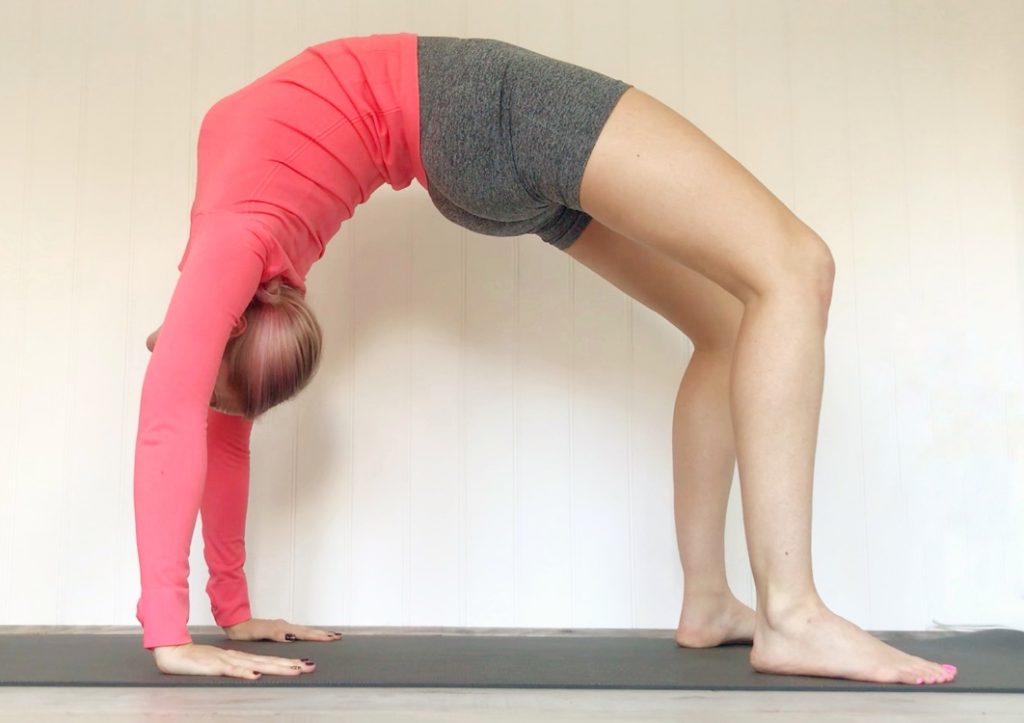
What to expect
Ashtanga yoga is taught in series’ of postures and each student of ashtanga practices the postures according to their own ability. Students are ‘given’ postures by the teacher and practice their sequence individually (although in classes with others) under the guidance of the teacher. Each student therefore is carrying out their individual practice, broadly the same as the other students and yet unique to them. More postures are added to the series as the student grows in strength and flexibility until completion of a series. The next series can then begin (phew!).
This individual approach to yoga (rather than being in a class where everybody is taught the same thing and follows the teacher through the class) is known as ‘Mysore style’ after the place it was originally taught by Krishnamachrya and Pattabhi Jois. Ashtanga can also be presented as a ‘led’ class in the style that we are familiar with, where everybody works through the poses at the same time guided by the teacher – this style is a great place to start your practice.
All students of ashtanga start by learning the postures of the Primary Series. This series is known as Yoga Chikitsa or yoga therapy. The aim is to loosen the body and free the practitioner from stiffness or weakness and allow them the freedom to practice fully. You will find hip opening, hamstring lengthening, spinal flexibility, strength and stamina in the Primary Series.

Is it for me?
Ashtanga yoga is a dynamic practice so you should be prepared to work hard. However, it isn’t yoga for the advanced only and it certainly isn’t reserved for the flexible. Ashtanga often has a reputation for rigidity, but the practice lends itself to variation and modification to suit the individual. Nobody starts an ashtanga practice able to ‘do’ all of the postures. There is work for everybody in this practice.
So what exactly will you find at an ashtanga class?
Structure – the Primary Series (where we all start) consists of sun salutations, fundamental asanas (postures), standing sequence, seated sequence, backbends and a closing sequence. You will learn to know what to expect, but no two days are the same for your body.
Sweat – the practice of ashtanga builds heat in the body. It can be strenuous and definitely raises the heart rate.
Breath-work – each movement in ashtanga is accompanied by the breath. We use the breath to move in and out of poses or hold poses for a breath count. This is the vinyasa – breath with movement.
Meditation – ashtanga, though a strong dynamic practice, becomes a moving meditation due to the structure, breath and counted nature of the vinyasas. You leave the mind behind and crowd out thoughts with the practice.
Accomplishment – The yoga journey is never about achieving postures but about moving beyond the ego to reside in peace; the true nature of the self. Due to the dynamic nature of ashtanga, you will also feel like you have achieved great things. Your body and mind will change with a consistent practice.
Ashtanga is a great place to advance your practice. If you’ve been a yogi for a few years and have felt the magic of yoga, the ashtanga method might be for you. Step outside the comfort zone, try new things and surprise yourself; find strength in backbends, find balance in headstand, find calm in deep twists.
Join me twice a month on Wednesday evenings to get to know the ashtanga method. Master the mind and the body and feel the endorphins flow!
Om shanti shanti shanti
Online Retreat Centre
We may still be in lockdown, but the stresses and strains of life don’t give us a break. Work stress may have slowed down, but family life has certainly ramped up. Living in containment, even with those we love can be challenging.
The Well Nest is still fully open and ready to help you with your mental and physical wellbeing. Classes are on offer throughout the week on a pay as you go basis, monthly subscription or donation/pay what you wish basis.
What’s on?
Weekly classes:
Tuesdays at 12 pm – Mindfulness on Facebook Live. Donation based.
Wednesdays at 12 pm Yin Yang Yoga on Zoom. £5 per session
Thursdays at 6 pm – Vinyasa Yoga on Zoom. £5 per session
Fridays at 10 am – Yin Yoga on Zoom. £5 per session
All Yoga classes are part of the monthly subscription – £25 per month, giving you access to up to 12 classes.
You can book your sessions here, and follow us on Facebook and Instagram for regular updates and special offers.
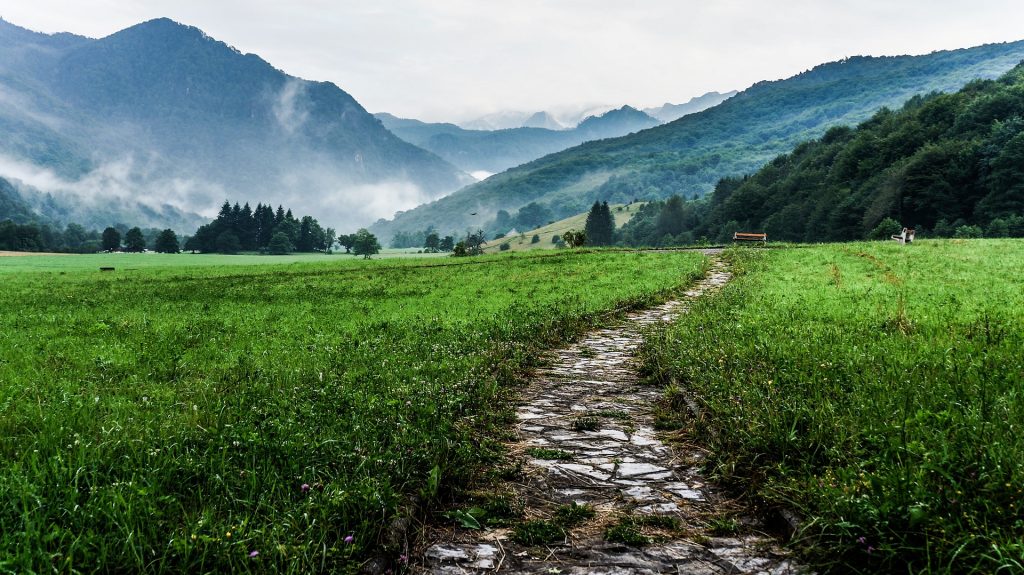
If you’ve never tried meditation or yoga, now is a great time to start your journey. All you need is a space to roll out your yoga mat or a chair in a quiet corner (headphones help!) and you can gain the skills to make a real difference to how you feel physically and mentally.
Life is about balance and there is a real strength in peace. Take your chance to get out of your mind and into your body – into your true experience of the present moment.
Essential Oils for Fighting Colds
As the nights get longer and colder and the days get damper, the inevitable cold and flu season approaches. Chances are we will all suffer from a seasonal cold; whether it’s a head cold that lasts a few days or something a little more persistent that knocks you back for a few weeks, it’s good to know how you can help yourself to recover.
Waging war on the common cold often seems like a lost cause with most of us resorting to over the counter remedies that allow us to ‘soldier on’ at home and at work. Keeping warm and drinking fluids is good advice, but what if there was something more you could do?
Essential oils have some powerful properties to fight the common cold and can be used as part of a self-care routine that in itself can help you feel much better. Although I wouldn’t recommend casting aside medical advice in favour of home remedies, there are things you could try to complement medical advice that could help you feel better physically and mentally and get you back on your feet sooner.
So what can you do? There are a number of essential oils that have been used for centuries (and proven in modern trials) to combat the symptoms of colds.
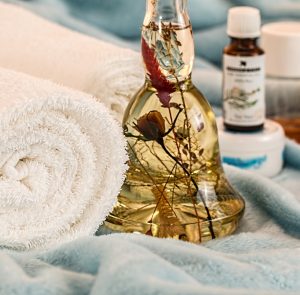
Oils you might like to have in your basic care kit:
Cinnamon, clove or rosemary – if mixed with warm water, can be effective as a surface cleanser or room mist to combat bacteria, viruses and fungus
Chamomile (Roman)– excellent at relieving cold and flu symptoms as it has antiseptic and antibacterial properties. It also has calming and sedative properties
Eucalyptus (Radiata) – Excellent in fighting respiratory tract infections
Lavender – Excellent calming effects and helps with sleep. Can also be used to treat headaches
Lemon – Has stimulating effects on the digestive system and is great at relieving headaches. Is generally good at uplifting mood and has antiseptic properties (making it great for room mist)
Peppermint – A wonder oil with analgesic, antiseptic, cooling and anti-inflammatory properties. Can relieve mucus and catarrh and relieve headaches
Tea Tree – An all-rounder for cold fighting; antiseptic, antibiotic, antiviral and antifungal. If you find the scent too antiseptic, it can be easily blended with lemon to disguise it.
Thyme (Linalol) – Great at fighting infections or contagious conditions and also at stimulating the immune system.

How to use the oils:
Steam – add up to 4 drops to a bowl of hot water and inhale the steam (placing a towel over the head). This is particularly useful for mucus, catarrh and headache relief. Alternatively, to get the benefits of steam and topical application, add a blend to the bath and soak yourself until you feel relief.
Topical application – a foot or hand massage is a great way to get the benefit of the oils and the relaxation of a massage. Add an oil blend to a carrier oil (such as coconut or grapeseed) and massage into hands and feet before bed. Blend the oils in the following quantity: 5 ml carrier oil, 1 drop of essential oil. 10 ml of carrier oil, 5 drops of essential oil.
Room mist or surface cleanser – Adding drops of a blend (up to 6 drops to 500 ml water, test on surfaces before full use) to warm water and shaking well (in a misting spray bottle) can make for an effective surface cleanser or room mist to clear away infectious microbes or bacteria.
Oil burner – get the benefits of the oils while relaxing in front of the TV or a good book. Add drops of essential oil (up to 5 drops) to 10ml of water and heat in an oil burner (over a candle). The room will be cleansed as well as your airways.
Experiment with blends that appeal to you as fragrances as well as for their cold and flu fighting properties and you will find something that works well for your mind as well as your body. Instead of fighting through and carrying on as normal, take some time to care for yourself through bathing with essential oils, giving yourself a massage or relaxing in a candle-lit room with an oil burner. Colds need not be the struggle that they usually are.
Try something old; to find something new
Yoga classes are running all through the summer with the Well Nest – why not come along and give it a go!
Yoga is an ancient practice of mind and body that can help improve fitness and stamina as well as reducing anxiety and stress through calming the mind. A regular practice can change your life.
Classes available every week on Wednesdays and Thursdays at Colwich & Little Haywood Village Hall – no booking required, just turn up and practice. We have two friendly, mixed groups practicing regularly. Men and women are welcome and classes are suitable for all levels. Just £5 per class.
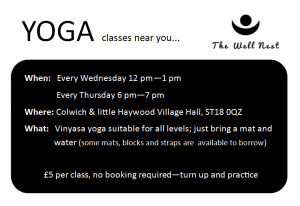
Spacious Back Bends with Ann-Marie Mainprize – Review
My visit to the Om Yoga Show this year provided the chance to try something completely different from the selection of classes available. I usually go for something demanding and full-on so I get a good workout as well as learn from new teachers. As I had managed to book onto two classes this year, I mixed it up with a class on backbends with Ann-Marie Mainprize of Amiyoga in Hull.
The class promised to ‘deepen backbends the Forrest yoga way’ through ‘connecting the core and releasing deep rooted postural tension’ – sounded excellent to me! As I’ve never tried Forrest yoga, that was an added bonus.
I know many people struggle with spinal flexibility and I often advocate core strength as a way of back-bending with confidence, so this sounded like a great way to improve my own knowledge and experience how other teachers focus a class on back-bending safely.
The class focused straight away on opening the front of the body as a way to improve flexibility and stability through the back of the body. We did a lot of strong abdominal work which although simple, was incredibly hard work on the deep core muscles. Lying flat on the back with legs straight in the air we were instructed to press the lower back into the mat and curl up the tail bone – the simple action of lifting in this way (with breath work and holds) was a huge workout for the core.
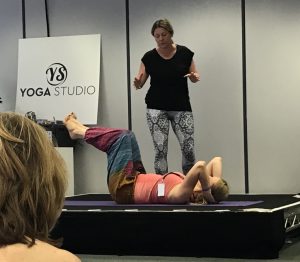
We went on to work dynamically through sun salutation B, some low lunges and lizard pose with a arrow foot stretch (pressing the top of the back foot down into the mat to apply a deeper stretch to the hip flexor) which was bliss but also agony for my tight hip flexors. We visited the ‘engaged glutes or relaxed glutes’ argument when in wheel and bridge – Ann-Marie was on the side of engaged glutes as it provides greater support for the lower back; something I agree with.
An interesting counterpose to all the back bending was to twist out rather than forward bend to reset the spine. Again there is a lot of discussion around this at the moment, but it was the first class I have been to where twist rather than forward bend was taught. I always found that bending the opposite way was counter-productive when deepening spinal flexion…but that forward fold always seems to really loosen the spine as well. The class with Ann-Marie was a real anatomy class – her knowledge was obvious but she made it accessible to all.
The one issue (which I found last year as well) was the poor quality mats provided for the workshops – almost on the edge of dangerous when in wheel as they were so slippery – this is a show issue not a workshop issue however.
I loved the class with Ann-Marie as it was obvious she was used to teaching all levels of students. Her approach was very instructive but helpful (she had three assistants providing hands-on assists throughout). This was a real workshop rather than a yoga class as poses were broken down with anatomy at the forefront. I would definitely recommend this class for yoga teachers.
The next day (and the day after) the muscles either side of my spine were definitely feeling the work that had been done in this class. The simple but effective core strengthening exercises feature regularly in my practice as well now. Definitely worth taking a class with Ann-Marie.
Om Yoga Show Manchester 2018 – Review
I’m a big fan of the Om Yoga Show; this must be the eighth or ninth time I’ve been to the show over the years and the third time visiting the ‘Northern version’ up in Manchester. I enjoyed the show last year and generally find it a much more enjoyable experience than the London version of the show.
Travelling to Manchester is pretty easy from the Midlands by train or car and helpfully, the organisers had kept the venue the same as last year; Event City, right next door to the Trafford Centre (and with free parking woohoo!). I went up on the first day of the show (Friday) and arrived at about 11.30 am and was surprised to see a giant queue to get in, stretching all the way into the car park. I got chatting to a fellow yogi in the queue and she agreed that it hadn’t seemed this busy last year. luckily the queue moved quickly and we got inside to find the hold-up had been due to staff trying to fill and hand out goody bags right in the doorway. Just as we got to the front of the queue we were told the goody bag area was causing a hold-up (no kidding) and so we would have to come back later to collect ours. No problem, as I didn’t fancy carrying the massive paper bag round the show with me.
As it turned out, I could have done with the massive bag to carry all my purchases – I still forget that nobody gives you a carrier bag anymore! The freebies inside this year included samples from BIO-Extracts of face cream, anti-oxidant boost and anti-wrinkle boost and some NOUGHTY leave in conditioner. I gently turned down the free sample of cider vinegar (even though I heard a lively discussion about how it can be effective if applied to acne – not sure which is worse; spots or smelling like vinegar??)
What was on
There was a good variety of stands on offer again this year – about 100 to choose from. This included food and drink, equipment, books, music, clothing, retreats and teacher training, meditation aids, and my personal favourites singing bowls and gongs. I played lots if different singing bowls and had a good chat to the owner of the Moon Karma stand (who was also an ashtangi running yoga retreats in Nepal…that went straight on the to do list). There were also three open classes and two workshop areas and a meditation area. The ticket price of £7.50 for one day entry was a bargain as usual as this allowed access to the show and free entry to all the classes in the open and meditation areas. It also included free entry to Vegan Life Live and the Mind Body Soul Experience.

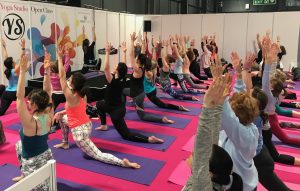
What to do
I started with my usual quick circuit of the stands to find out what was where and who/what I’d like to revisit. Despite the big queues to get in, the show was not overcrowded and it was always easy to see and speak to any of the exhibitors. It was great to see the open classes so well attended. It’s never necessary to queue for more than 5 minutes at the Manchester show to take part in a free class, whereas I have been known to spend 30 minutes waiting at the London show only to be told the class is full.
The open classes this year included traditional Hatha yoga, inversions, singing bowl meditation, chair yoga, crystals, alignment, how to flow, yoga for MS, Kundalini, Kriya yoga, and vinyasa flow to name but a few. There was also a children’s yoga open area. I didn’t have chance to try and open class this year as I had two workshop bookings, but I did stop to watch a few. The Kundalini open class run by KYTA was fascinating; they played some fantastic music which really did help to connect mind and body (and I was only observing!). That one is going on my list for next year. The classes were full, but I didn’t see anyone get turned away so even if you don’t have a workshop booking, it’s worth coming to the show to try a new style of yoga for free. The DRU Yoga area had loads of free taster sessions going on all day as well – I’ve participated in these before and they are well worth the experience. I always think DRU would be the perfect yoga class to get you going in the morning.
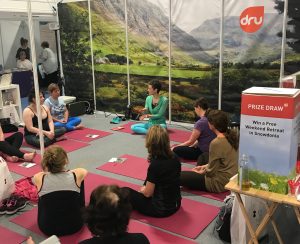
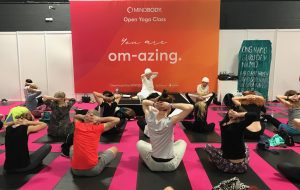
The workshop areas were easy to find and the cost of these longer, intensive classes ranged from £5 – £10 for between 60 and 90 minutes – another great value way to try new things with national or international teachers.
Vegan Life and Mind Body Soul Experience
I briefly popped into Vegan Life Live because I know the food on offer is far superior to any of my own creations. As usual there was a great variety of food on offer as well as clothing, books and workshops to look at. I didn’t spend long in the show, but it was busy inside. I visited Home Kitchen Vegan again for the finest Asian food I have ever tasted!
The MBS Experience looked noticeably depleted this year. There were some familiar stands and faces from previous years, but none of the more interesting meditation, sound experiences and alternative therapies that have previously featured. I’d only recommend a visit to this show if there is a particular Tarot card reader or MBS practitioner that you want to see; otherwise it doesn’t have much to entertain you past the 30 minute mark.
Would I recommend the Om Yoga Show?
Definitely! This show remains a real bargain to visit and with all the free experience areas you can make a full day of it without spending more. If you do want a longer workshop, you can see world leading teachers for a bargain price. There is enough to entertain you for a morning or afternoon if you’re not doing an additional workshop or easily a full day with the extras. I noticed that the variety of clothing stands wasn’t quite as diverse this year but I loved the new additions of gongs and stands with a charitable or education focus.
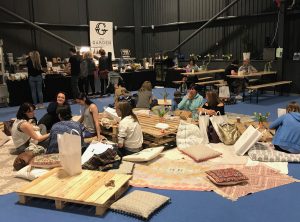
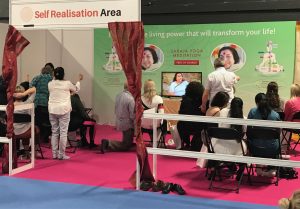
The show desperately needs more areas for meditation and mindfulness and this should be a focus for next year as it was noticeably absent. The noisy atmosphere of the show means that people are often drawn to the quiet areas; and whilst there were places to sit, there were few places to enjoy a peaceful experience and try something new.
The Om Yoga Show is back next in London on 19th – 21st October 2018.
